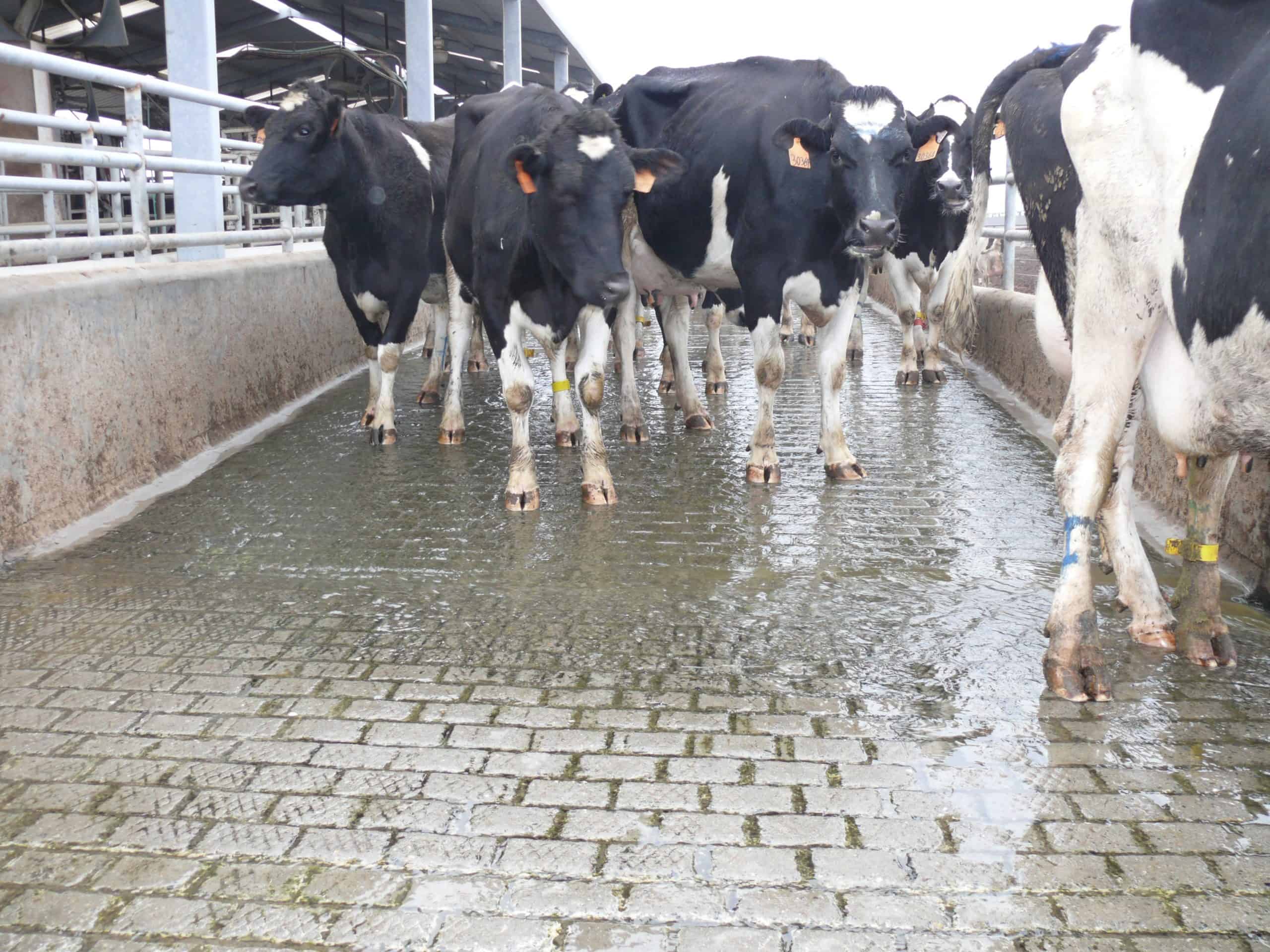Teat dip is an integral part of keeping good milk quality numbers. There are many methods to apply the dip and an even greater number of germicides to choose from today.
Add to that the variations of milking routine, and you have lots of ammunition for debate among farmers as to what is best.
Now, once you have determined what is best, can we do that efficiently and at a volume and cost that fits today’s market? Let’s examine a few options for best efficiency in teat dips.
When it comes to efficiency, we can start with the one rule of teat dip that seems to be ignored the most. It also works for all methods, germicides and routines.
That rule is: Get the dip on all of the teats.
When visiting farms to troubleshoot milk quality issues, more often than not, I can spend time watching the application, be it pre-dip or post-dip, and see a problem. The dip being applied misses at least one teat. It does not matter if it is a teat scrubber, foamer, sprayer or dip cup. If the operator is not paying attention or moving too quickly, they will be missing the opportunity of last defense before the milk hits the tank.
Applying dip to the udder instead of the teat means efficiency is lost in wasted product. If it misses the front right teat every time, efficiency is lost to increased mastitis costs. Using a method that best fits the time the milkers have to do the work well will bring about results.
We can increase efficiency in teat-dip usage in several ways:
- Different germicide – Gone are the days of having only a handful of dip options. Today there are many choices available. Look for the best options for your dairy. Some have great detergency and foam really well. What they may lack in additional log kill rates, they make up for in the ability to clean heavy soils. Others, like chlorine dioxide products, have higher log kill rates than most others.
- Reduce usage – How can you reduce the amount you are currently using (not by hitting fewer teats)? Foaming can be an efficient way to do that. If you haven’t tried foaming (pre-dip especially), it will save you significant amounts of product if set correctly. Choose a foam dry enough to reduce usage but still with enough moisture to return to a liquid state on the teat (the liquid form is where the best kill is) before you get to the wipe action. Dippers with brushes or similar application systems can take off the excess dip, allowing significant savings. Make sure if using this method, you keep your brushes in good, clean condition and have enough extra dippers to change them at each milking so you can wash the brushes and cups out. In automated teat-dip systems, be sure to check the lines for leaks. It’s amazing how much product can be lost over a month’s time when you just see a little drip leaking.
- Concentrate products – Most teat-dip manufacturers have options in concentrate products available. If you have a decent-quality water source, you can reduce your costs by having your suppliers ship you less water. In most cases, that is all the concentrates are lacking, and you can see a significant return. Yes, you may have to mix by hand or manage the maintenance of a pump system, but weigh the costs and it may surprise you.
- Better results – Improved milk quality will many times bring about more income than the additional cost of a higher quality of dip. How does that work? There are several areas to improve your cost. Are there premiums that can be had for better bacteria counts? How about the number of cows treated in a month? How much does one case of mastitis actually cost you? I have been in several situations where one less case of mastitis per month can pay the difference of a better-quality teat dip. What makes it a better quality? Depends on your needs. Do you need a higher log kill to combat a specific bug? How about better conditioning to overcome dry teats? Or a longer-lasting protection from a barrier keeping the cows’ teats from the elements?
- Split the cost – If you use the same dip pre- and post-milking, consider splitting the cost. Find an economical, effective cleaning dip for your pre-dip and spend a little more for a good-quality post-dip for the protection.
These strategies can help you make the most of your dip of choice, but only if the dip is actually making it on the teat. Start there if you have concerns.
Artile originally appeared in Progressive Dairyman.
